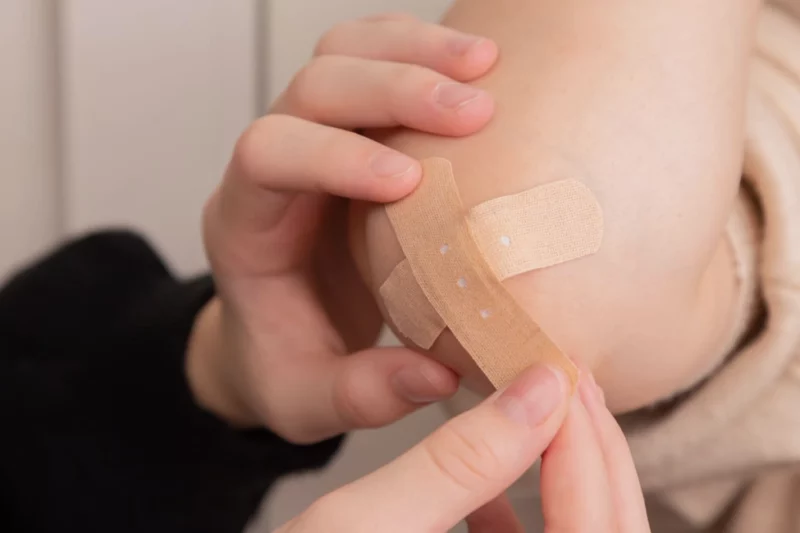First aid is a vital skill everyone should be somewhat familiar with. Having a basic understanding of some common precepts will stand you in good stead if you ever encounter a medical emergency. While you should always call the emergency services for the more serious situations, the more you know about treating various injuries, the more likely it is that you can help those in need. This post will go over some of the most important things you need to do to be prepared for this kind of thing.
Remain Composed And Weigh The Options
Remaining calm and assessing all options is critical when responding to a first aid situation. It is important to avoid panic and evaluate the scene safely. One should determine if it is safe to approach an individual needing aid and consider potential risks like traffic, downed power lines, or other hazards. Taking a moment to think through the next steps and figure out the appropriate response for the circumstances is crucial. Calling for help if others are available can also help address the situation more effectively. When you call for qualified paramedics, they should arrive with dedicated medical kits for first responders that will contain everything they need based on the information you provided. With medical emergencies, every second matters, but keeping a level head will allow a person to respond to the scenario properly and get the care needed swiftly without further endangering anyone. Staying calm allows for making careful judgments in high-pressure situations. you must not forget that acting too hastily could potentially put yourself or others in further danger during an emergency response.
Check For Breathing And Pulse
Checking for breathing and pulse is an essential first step when responding to a medical emergency. It is advised to approach the person carefully, loudly asking if they are okay and scanning for any apparent injuries. If unresponsive, you should call for emergency services ASAP. Next, you should check carefully near the nose and mouth for any breathing for no longer than 10 seconds. Not detecting breathing requires immediately checking for a pulse by placing fingers on the carotid artery in the neck. Providing chest compressions can double or triple the chances of survival until emergency responders arrive. However, be aware that engaging in CPR without the requisite training could cause further damage, making it better to wait until help arrives. These initial assessment steps methodically help ensure the person receives critical aid promptly. It could mean the difference between life and death.
Treat For Shock And Injuries
If breathing and pulse are present, you should keep the individual lying down and elevate their legs about 12 inches if possible. Providing reassurance and supporting the person can help reduce stress. Any serious bleeding should be controlled by applying firm pressure until help arrives. Major wounds or injuries should not be moved, but minor bleeding can be treated with bandages or a clean cloth. Signs like pale skin, fast breathing, and thirst indicate shock, so covering with a blanket and monitoring closely is advised.
Stay With The Person Until Help Arrives
Once you have followed all the necessary steps, all that’s required is to wait with the injured person until help arrives. It can be an incredibly stressful situation for all involved, but having a friendly face can keep the person conscious and improve the odds of recovery.
While nobody expects everyone to have as deep a knowledge of first-aid as qualified paramedics, having some information under your belt can prove vital when the situation comes around. Although this post has offered a few suggestions, you must always call the professionals as fast as possible to ensure better odds of survival and recovery.










